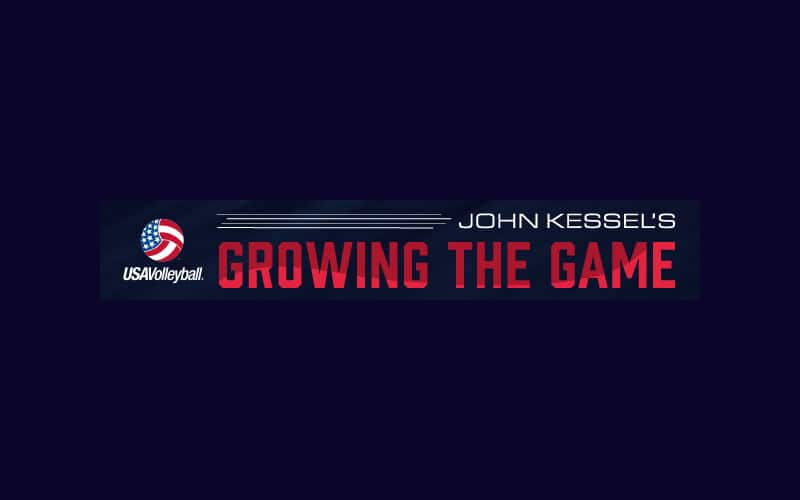
This short blog is a response to a coach who felt that worrying that all drills are gamelike was irrelevant. It is not irrelevant, nor anal. It is principle driven. In the interest of meaning what I say, but not being mean when I say it, methods which are not based on principles are sure to have trouble. The most important skill in our sport is reading, part of the perception/action coupling. Our game is play by tenths/hundredths of seconds to be perfect or to err. We do not get to hold onto the ball to adjust for errors. We have to learn to be in the right place at the right time or else we look technically flawed and then get coaches yammering about technique when in reality the athlete KNOWS the technique, but just failed to be in the right place and time.
In both my experience, and the research, specificity in training is a core principle. The art of coaching is to be as gamelike as possible. Emphasis on the “as possible,” as my time is so limited to teach all the aspects of the game. Let me give a “train in reality” example, using the classic traditional coaching “skill” of ball slapping. Free ball transition work. In clinics, I ask for 3 coaches of either gender and explain only that I will be seeing how good they are at identifying and transitioning for a free ball. They stand at the net, arms raised in R/M/L positions and I slap the ball. Immediately, in a way to make Pavlov joyful, they fly away from the net as I throw the ball over the net, and they transition kill with pride.
Why not let this “tradition” continue? Because these well-meaning coaches, teaching the way they were taught, are training their players to be late off the net and when that same late retreat happens in the game, the coach yells at them. When if there is any blame it should fall on the coach, as he/she trained them to be late. These players are backing up as the ball comes over the net. They are not ever learning to identify free or down or gotta block that ball 2nd contacts. When should they be backing off? After the 2nd ball contact/flight shows a free ball 3rd contact to be happening, as soon as possible based on the “success” of the 2nd contact. Thus they should be ready for the free ball and reading the 3rd contact, (is the player coaches height or 6 foot 6 ) to determine where to move to (low, might hit the top of the net?, forearm passed/overhead passed/standing spike happening each with unique key reading cues to react to), not moving off the net. Not reading a slapped/thrown ball. I did it in the 1970s, but not once I started working with Dr. Carl Mcgown in motor learning science research.
This goes further into the concept I worked to help coaches understand under “STOP Teach Free Balls." Do you want the coach or the players to be effective, creative, skillful ball-sender-over-the-net players on 3rd contact? Coaches who chose to throw/standing spike etc. the ball, are becoming the best at sending the 3rd contact over not the players, yet no coach plays a single point in any match. Teaching the players, without a ball slap, to send it over in a way they would in a game is the most efficient, and increases the opportunities to respond in gamelike ways. Reps. It also gets the coach out of the game/drill so they can move around and teach and not have the exercise grind to a halt if they need to be showing/teaching something. That is the information the science shows to be most important, and what I have taken time to contribute to this important group of dedicated coaches. I am not seeking a debate, I am just sharing information on what I have learned the hard way (losing to teams better taught the game/reading/play) and nothing more.
